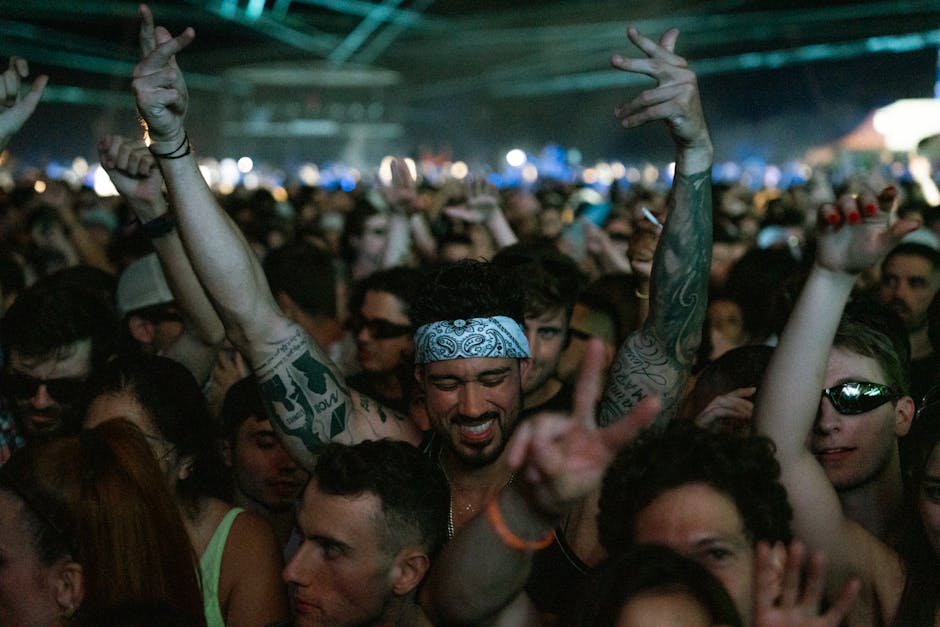**
German authorities are investigating a disturbing hate crime after swastikas painted in human blood were discovered in Berlin, sparking outrage and calls for action against far-right extremism.
Shocking Discovery in Kreuzberg
Early Tuesday morning, a passerby reported Nazi swastikas smeared in blood on the walls of a community center in Berlin’s Kreuzberg district—a neighborhood known for its diversity and activism. Forensic tests confirmed the substance was human blood, though its source remains unknown.
Berlin police spokesperson Karin Müller stated, “This is not just vandalism—it’s a hate crime.” Authorities have launched a full investigation, analyzing surveillance footage and forensic evidence.
Political and Public Condemnation
German leaders, including Chancellor Olaf Scholz, denounced the act as “disgusting and cowardly.” Berlin’s Mayor, Kai Wegner, emphasized that “hate symbols have no place in our city.”
Jewish groups, including the Central Council of Jews in Germany, warned of rising far-right threats. President Josef Schuster called it “a deliberate provocation against minorities.”
Rise in Far-Right Extremism
This incident follows a surge in hate crimes, including attacks on synagogues and refugee shelters. Germany’s intelligence agencies identify far-right extremism as the country’s most significant domestic threat.
A similar case occurred last month in Dresden, where Nazi graffiti defaced a Holocaust memorial. Authorities are probing possible links.
Investigation and Community Response
A specialized hate crime unit is leading the case, examining potential ties to neo-Nazi groups. Under German law, displaying Nazi symbols can lead to severe penalties, including prison time.
Local activists organized a cleanup and solidarity rally, while the community center plans an anti-fascist art installation. Organizer Lena Hoffmann declared, “We won’t let hate win.”
Calls for Stronger Measures
The incident has reignited debates over anti-extremism enforcement. Critics demand tougher action, including increased surveillance of far-right networks and more funding for prevention programs.




